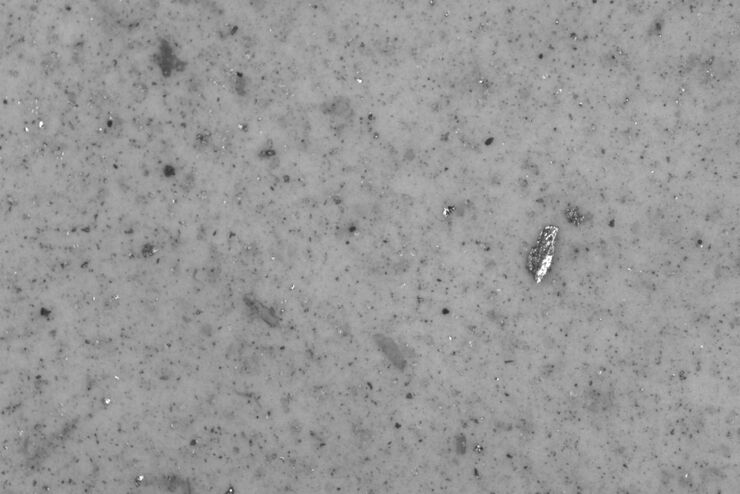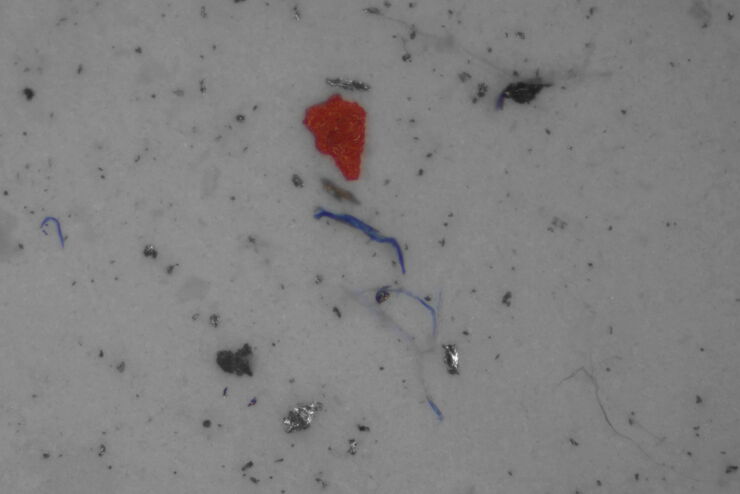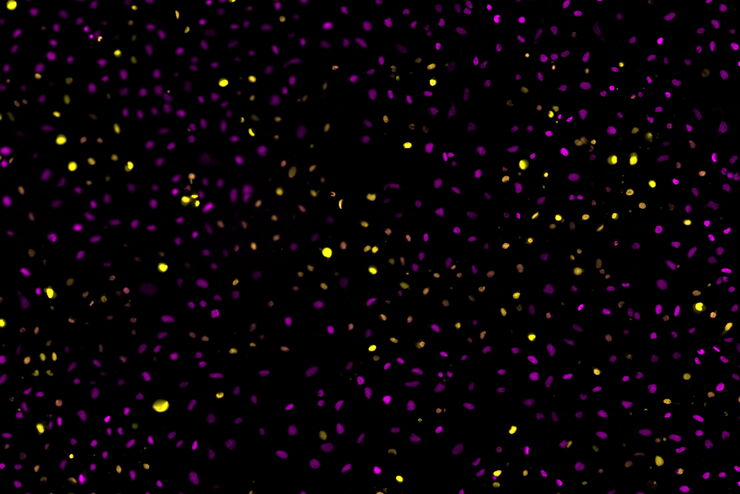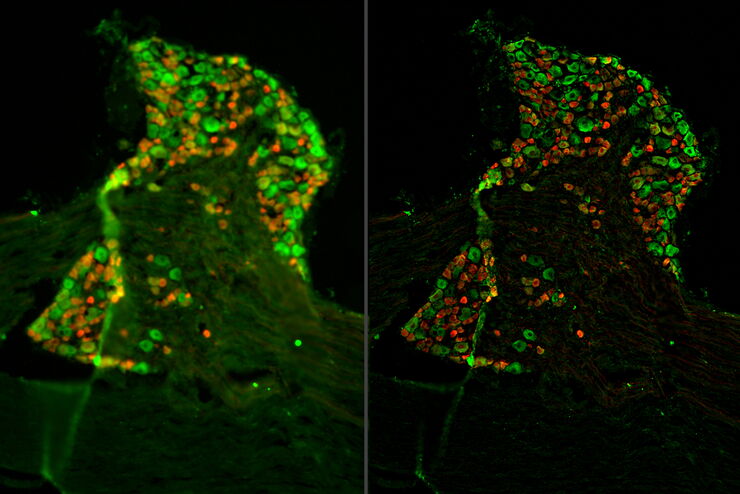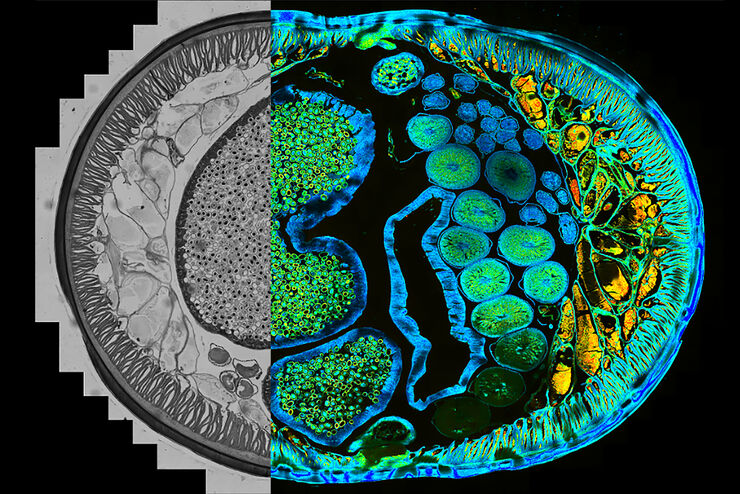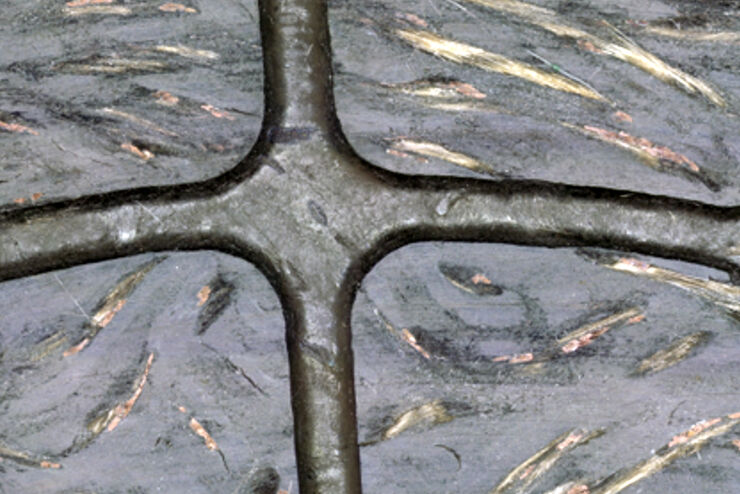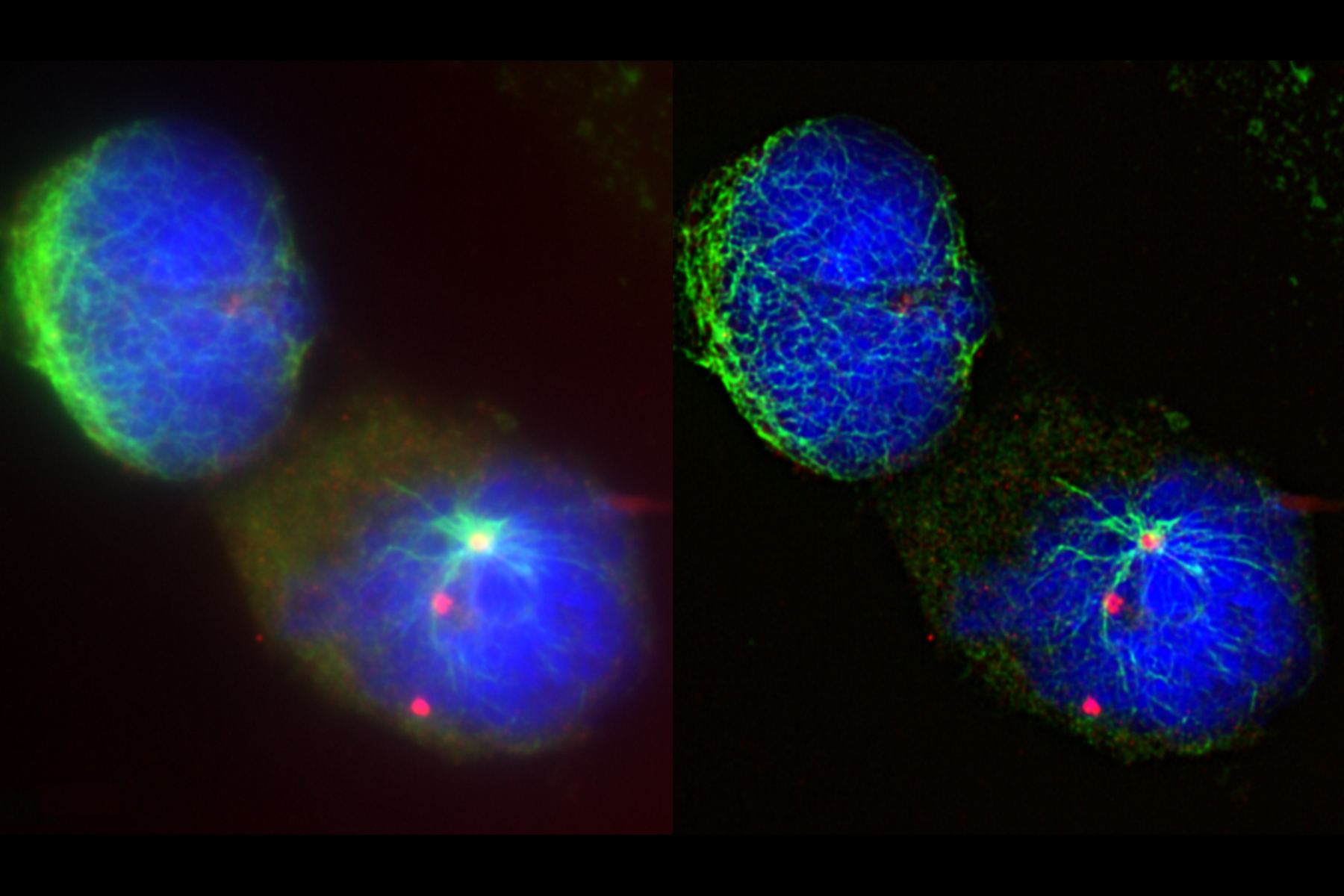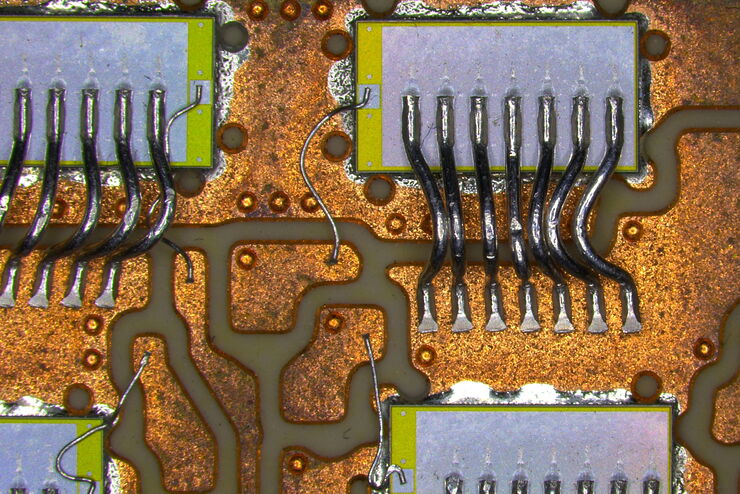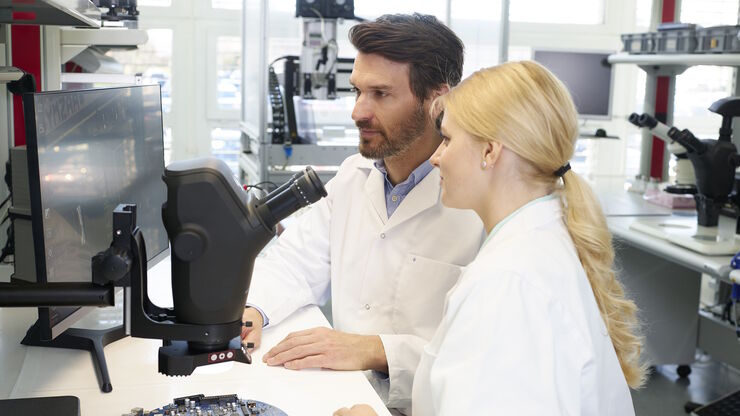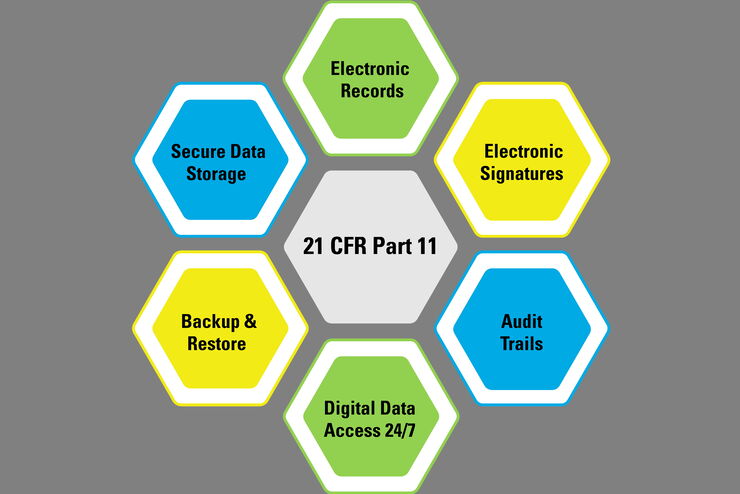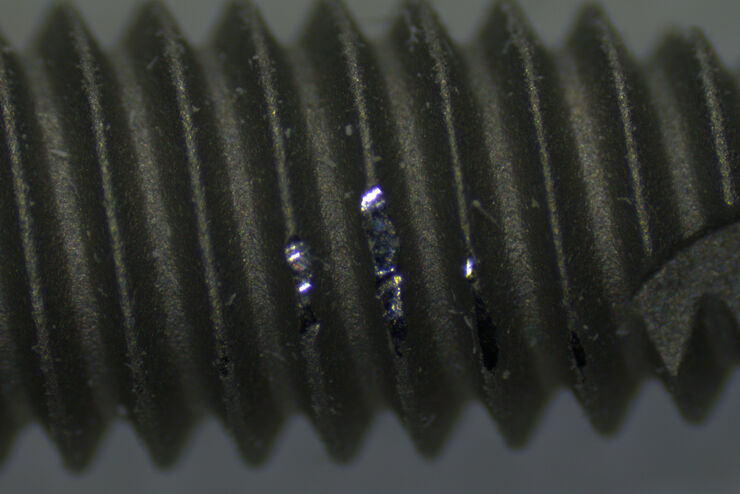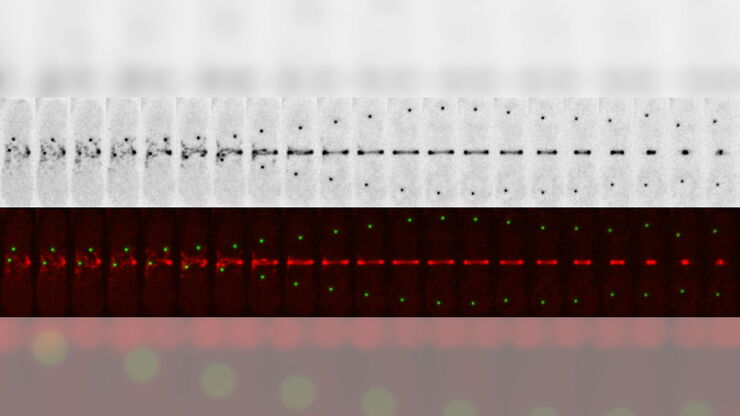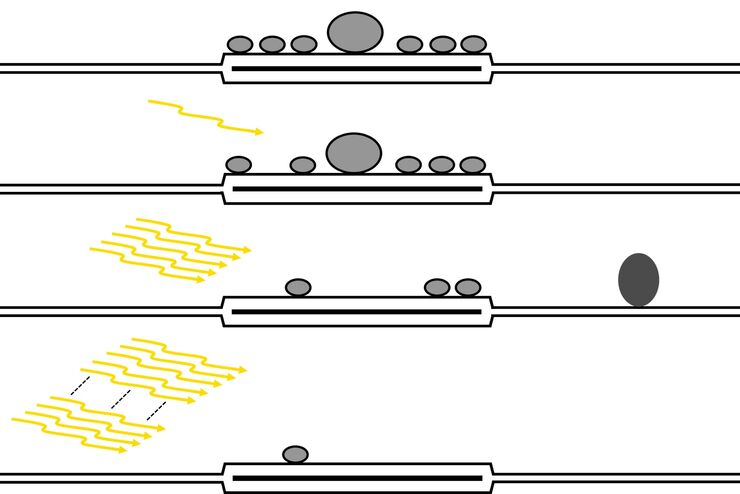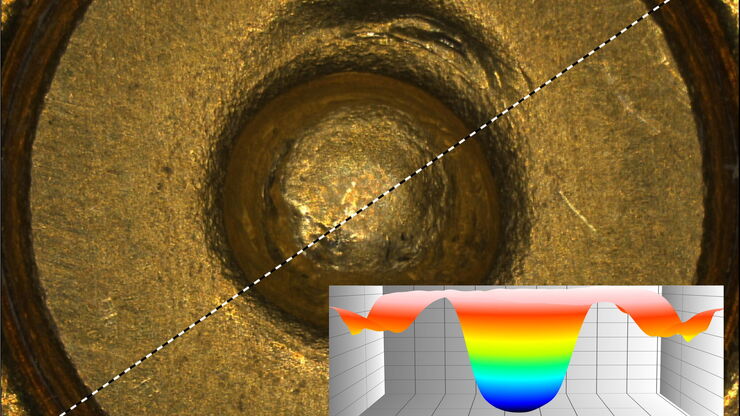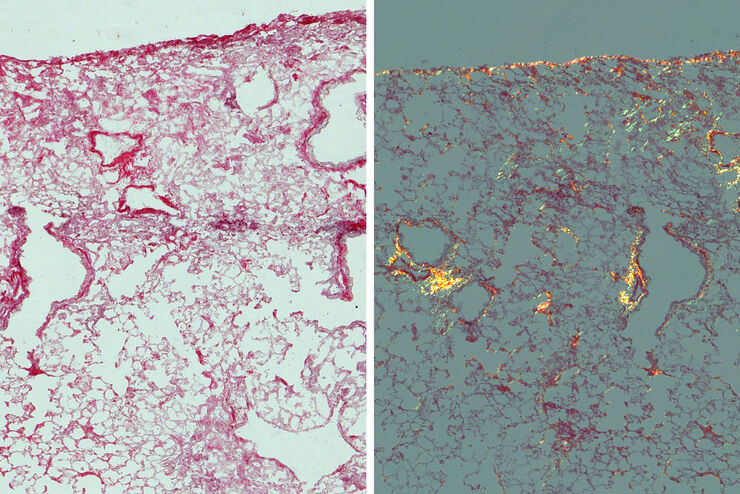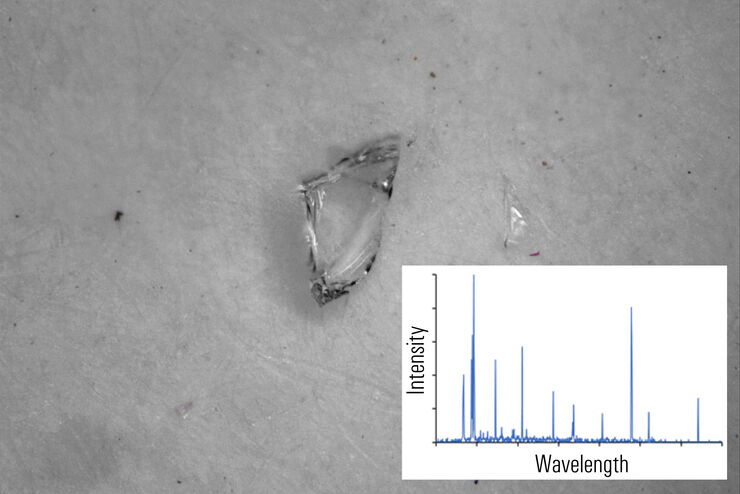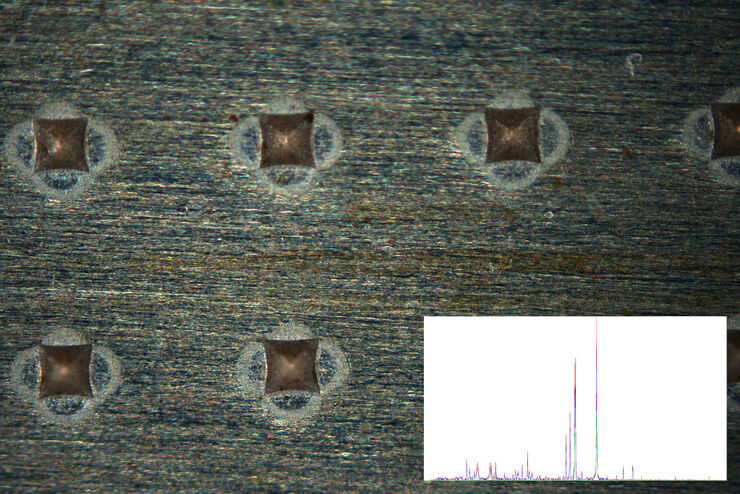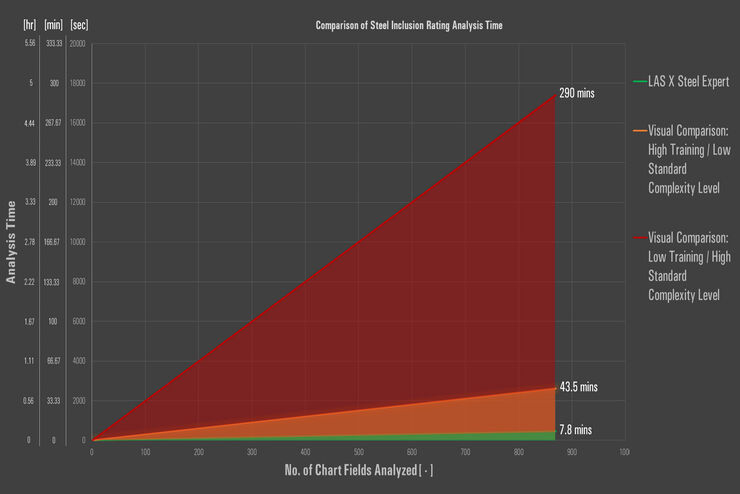James DeRose , Ph.D.

James DeRose is a scientific and technical writer for stereo and digital microscopy at Leica Microsystems. He has more than 20 years of experience in scientific and technical writing for book and journal publications. He has co-authored more than 35 scientific and technical publications published in international journals, more than 45 presentations for international scientific conferences and symposiums, and 2 patent applications. He is lead editor for the book "Aluminium Alloy Corrosion of Aircraft Structures: Modelling and Simulation" published in 2012. This book resulted from the EU 6th Framework funded project SICOM. He has managed and contributed to scientific and technical projects focusing on applied R&D and applications development in the fields of interfacial chemistry and physics, thermal and chemical engineering, corrosion and metallography, surface coatings and analysis, materials science, biotechnology, and cellular biology. He has expertise with various types of microscopy and analytical methods. In the past, he worked on applied R&D and applications development projects while at the California Institute of Technology, the Swiss Federal Institute of Technology in Lausanne, as well as the company Cytion (Molecular Devices). James obtained a doctorate in physics with applied research emphasis in surface science, physical chemistry, and biophysics in 1993 from Arizona State University. He has worked at Leica Microsystems since August 2013.
